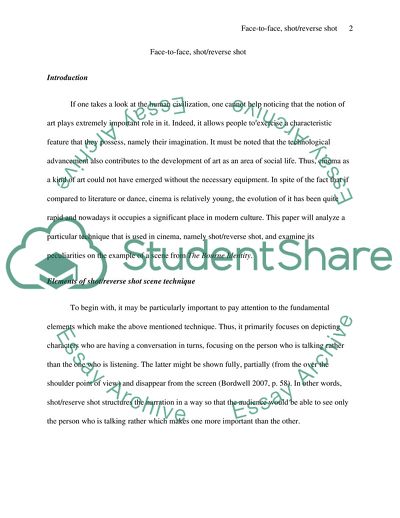Cite this document
(Shot and Reverse Shot Technique Coursework Example | Topics and Well Written Essays - 2000 words, n.d.)
Shot and Reverse Shot Technique Coursework Example | Topics and Well Written Essays - 2000 words. https://studentshare.org/visual-arts-film-studies/1859101-face-to-face-shotreverse-shot
Shot and Reverse Shot Technique Coursework Example | Topics and Well Written Essays - 2000 words. https://studentshare.org/visual-arts-film-studies/1859101-face-to-face-shotreverse-shot
(Shot and Reverse Shot Technique Coursework Example | Topics and Well Written Essays - 2000 Words)
Shot and Reverse Shot Technique Coursework Example | Topics and Well Written Essays - 2000 Words. https://studentshare.org/visual-arts-film-studies/1859101-face-to-face-shotreverse-shot.
Shot and Reverse Shot Technique Coursework Example | Topics and Well Written Essays - 2000 Words. https://studentshare.org/visual-arts-film-studies/1859101-face-to-face-shotreverse-shot.
“Shot and Reverse Shot Technique Coursework Example | Topics and Well Written Essays - 2000 Words”. https://studentshare.org/visual-arts-film-studies/1859101-face-to-face-shotreverse-shot.


